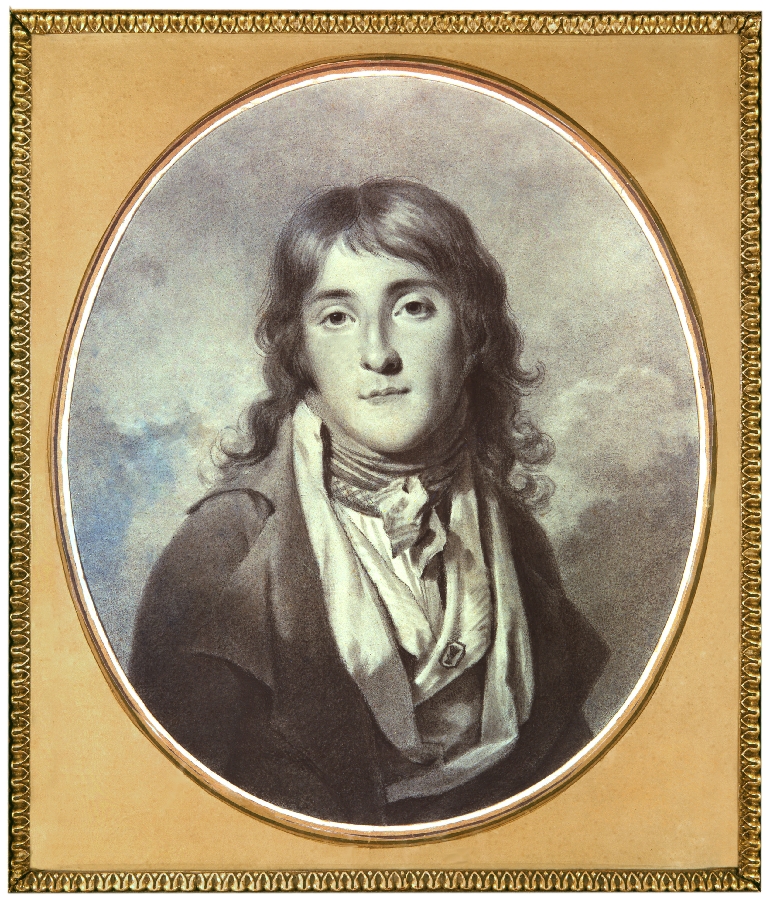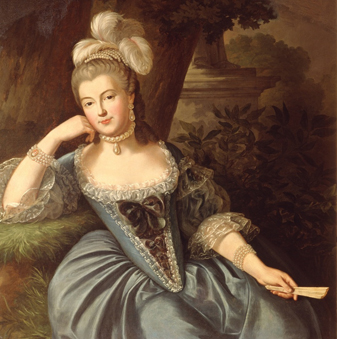by The Laird o’ Thistle (Special Edition)
© Unofficial Royalty 2022

Queen Elizabeth II, official photo for the 70th anniversary of her accession to the throne; Credit – The Royal Family Facebook page
I hope that many who read this were able to see the BBC’s The Unseen Queen on May 29, 2022 or subsequently online. I found it an amazing and moving record of Her Majesty’s life, mostly based on the family’s own home movies, with narration mostly from written and recorded comments by Her Majesty, including some reflections recorded as recently as the last month. I found some of the earliest clips of the Queen with her grandparents, George V and Queen Mary, and with her uncles, the Dukes of Windsor and Kent, particularly fascinating.
It occurred to me some time ago that Elizabeth II is now the last living person who can be said to have known several members of the royal family (and some other historical figures as well). First and foremost on that list is King George V, the founder of the House of Windsor, who died in January 1936, about three months before Elizabeth’s 10th birthday.
Elizabeth knew the old King and was a great favorite of his. As a tiny child, not yet 3 years old, Princess Elizabeth was brought to Bognor (Regis) in early 1929 to keep the King and Queen Mary company as George recuperated from surgery and a nearly fatal bout of septicemia. Accounts say that the princess and the King would chat away… as best she could at that age… while she played in the sand. Later accounts by Marion Crawford, Elizabeth and Margaret’s governess, tell of the King’s expressed desire that she learn to write in “a decent hand.” Various photos show young Princess Elizabeth riding to church with her grandparents at Crathie Kirk (Balmoral), and the two princesses participating in King George’s Silver Jubilee events in 1935, including the procession, thanksgiving service, and balcony appearance. I have mentioned previously here that there is also newsreel footage of Princess Elizabeth and her parents following the old king’s coffin into St. George’s Chapel on the day of his funeral… a clip not included in The Unseen Queen. (See https://www.youtube.com/watch?v=qgJJbq8FvvQ, look at the 9:30 minute mark.) Elizabeth was the youngest royal attendee, and the only one now living.
A well-known story tells that George V… given his testy relationship with his eldest son and heir… bluntly attested his hope at the end of his life that “nothing come between Bertie (George VI), Elizabeth, and the throne.” He saw in her the future. Providence, in due course, granted his wish.
In point of fact, Queen Elizabeth II is the actual firstborn member of the House of Windsor, the first member of the royal family born with the Windsor surname. (Her two elder cousins, the sons of her aunt, Princess Mary, were Lascelles, not Windsors. All of the other elder family members had their surname changed to Windsor in 1917.) That seems both a simple happenstance and incredibly significant.
As well as George V, the Queen is also the only living member of the current royal family who can remember several others, such as her grandfather’s sisters Princess Victoria (d. 1935), and Queen Maud of Norway (d. 1938). [She might, or might not, remember Princess Louise, Duchess of Fife, who died in January 1931.] There are several other senior royals, who died in the first half of the 1940s, that HM remembers along with her cousins Prince Edward (the Duke of Kent, b. 1935) and his sister Princess Alexandra (b. 1936). First and foremost of these is the Kents’ father, Prince George, who was killed in 1942 on active duty in WWII. The others are the last three surviving children of Queen Victoria: Princess Louise (Duchess of Argyll, d. December 1939); Prince Arthur (Duke of Connaught, d. 1942); and Princess Beatrice (widow of Prince Henry of Battenberg, d. 1944.)
In her comments in The Unseen Queen, HM notes that “looking back” is a way of also looking toward the future. It’s a matter of perspective. This week Britain, the Commonwealth, and the world celebrate the unprecedented Platinum Jubilee of the little princess who waved so enthusiastically from carriage and balcony at the 1935 Silver Jubilee, and who grew up around those to whom Queen Victoria was “Grandmama” and even “Mama”, and so on. She’s also the 96-year-old “Gan-gan” of little ones who will remember her as she remembers those others, especially Prince George, Princess Charlotte, and Prince Louis… the family future. The firstborn Windsor will be standing in a unique spot on Thursday as she (hopefully) appears on the balcony at Buckingham Palace with the currently “working” family and the Cambridge children. She will be standing as much at a point in time, as in a physical place. She will be looking “onward” as well as outward. Hopefully someday in the future… God and the British People willing… Prince George will himself stand there in turn, thinking back to a June day in 2022 with his Gan-gan, and also ahead into a then still unfolding future. That, I think, is clearly what HM is hoping.
Yours Aye,
Ken Cuthbertson – the Laird o’ Thistle
May 30, 2022
This article is the intellectual property of Unofficial Royalty and is NOT TO BE COPIED, EDITED, OR POSTED IN ANY FORM ON ANOTHER WEBSITE under any circumstances. It is permissible to use a link that directs to Unofficial Royalty.





























